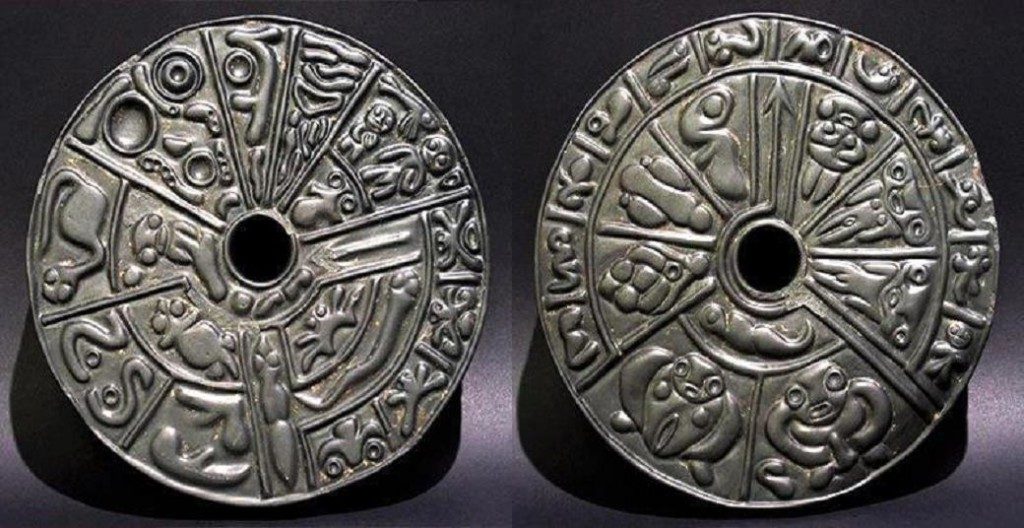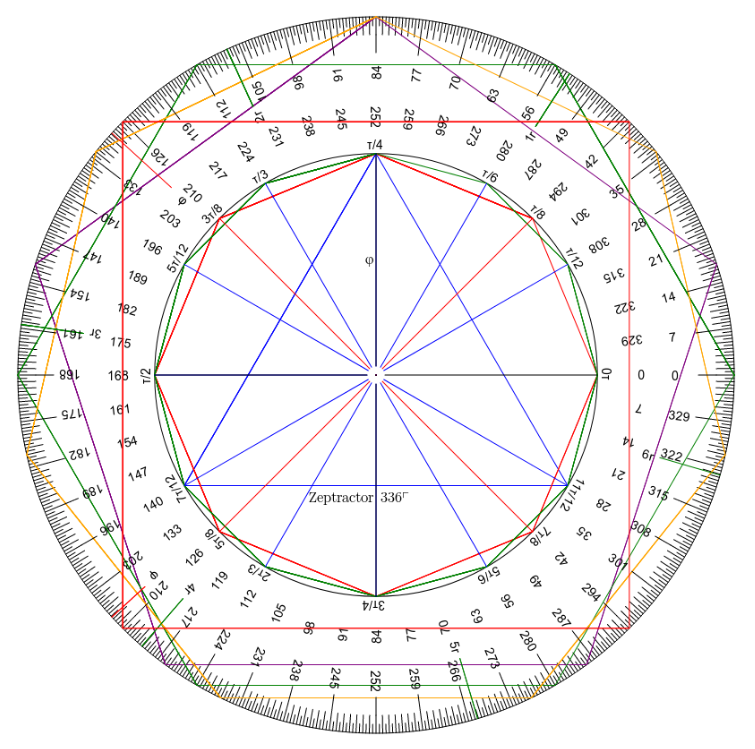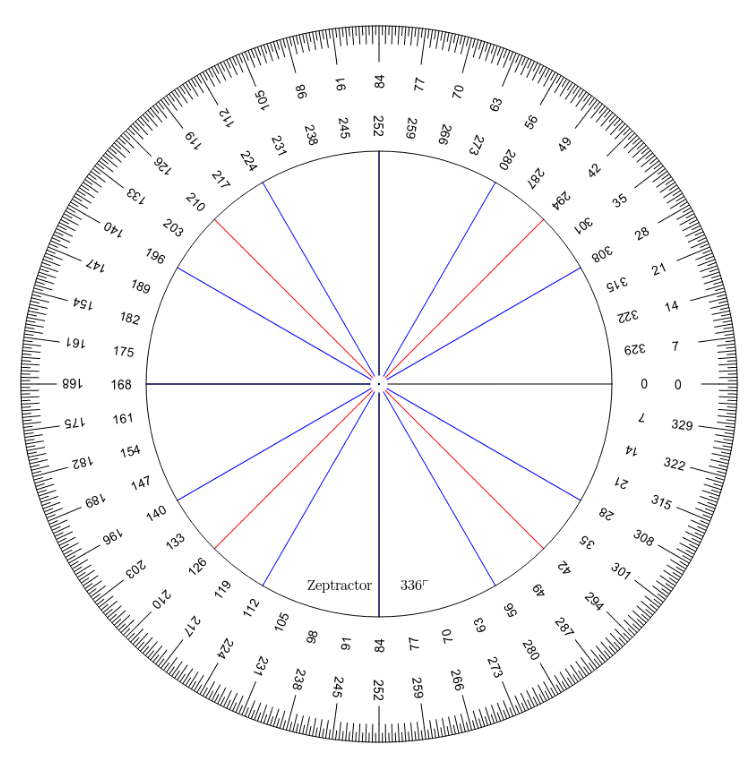Not sure where this is going, so just posting the image in the mean time, until such time as I gain enlightenment.
Category Archives: Giza
Publish or perish!
Well, I’m not in academia, so I won’t perish, but I have spent the last few months discovering some things about Giza which I didn’t post here. Instead I posted them as papers online (because I really don’t like the Academic Publishing business model, and probably would not have been accepted by any ‘proper’ journal anyway, because what I say is rather history-shattering…)
So the first paper was a round-up of stuff posted here, relating to the cubit:
The Beautiful Cubit System
While the other two are companion papers that rely on each other to a degree:
Diskerfery and the Four Main Giza Pyramids and
55,550 BCE and the 23 Stars of Giza
The important images are below, read the papers to get the full story 🙂
Phi redux
I started poking around Giza and ancient Egypt after watching a video on the Nebra disk, and trying to find a similar circle-split-by-phi in the alignments of the Giza pyramids.
I didn’t find what I was looking for at the time (in terms of phi being in the alignment of all three pyramids) but did find lots of other things, including phi between P1 and P3.
In the mean time, the so-called Genetic Disc from Peru came along, and I immediately noticed a similar division there. Here’s the two sides of the disk:
Playing with numbers
Playing around with the great pyramid.
Length of base + height = 440 + 280 = 720 royal cubits.
720/360 = 2 (save this for later)
If we convert to digits by multiplying by 28 (because 28 digits in royal cubit), we get
720 x 28 = 20160
If we divide by 360, we get
20160/360 = 56, which is the number of digits in 2 cubits (see saved value of 2)
As you may know, I’m developing a theory that whoever came up with the cubit system also divided the circle into 336 Zeps. So if we divide by 336 instead….
20160 / 336 = 60
Which is um, all sorts of things, and maybe a hat-tip (or the finger) to the Sumerians and their sexagesimal system.
But what the 60 also equates to, is if you had a wheel of radius 1 metre, then 60 rolls of the wheel would equal the sum of the side and the height.
If your wheel had a diameter of 1 metre (like a chariot), then it would be 120 turns of the wheel. Exactly.
Another large link to the metre
So I’m watching a video from 2012, featuring a young-looking Graham Hancock
Which, before they got all wooshie about the Mayan 21 December 2012 end of the world thing, had some interesting info. In particular, the observation concerning the difference between two sides of the great pyramid, and its height, which goes like this:
two side of pyramid = 440 x 2 cubits. In metres, that’s 460.7669 m.
height of pyramid = 280 cubits = 146.6077 m
Difference = 460.7669 – 146.6077 = 314.1592 which you may recognise as 100 times pi.
Poly wants a cracker
Some updates to the zeptractor, probably done for now until I figure out if this was just a humongous waste of time or not. Well at least I got to learn something about svg drawing.
Changes:
1. added assorted famous regular polygons: triangle, square, pentagon, hexagon, heptagon, octagon, dodecagon.
2. resized inner circle to divide radius in golden ratio. Also marked where circumference would be divided in golden ration (both directions, measuring from zero).
3. added radian marks (up to 6, only in normal direction).
4. added tau divisors … they’re more logical than the pi divisors. Arial has a sucky tau symbol.
5. put phi symbol on bare radius to avoid confusion.
It’s New! It’s Improved! But does it Have a Point?
Well actually it does have a point, right there in the middle.
I’ve made some cosmetic improvements to the zeptractor, so it now looks like this:
Wheely, guys?
After making the Zeptractor, which looks like this:
I felt that it had something to tell me…. I just didn’t know what.
So as per usual when my intuition is being coy, I resolved to stare at it until the secrets revealed themselves.
If it’s not a tomb, then what is it?
Further to my thoughts (which covers some ground covered by others already, so they were not all new ideas) about why the great pyramid is not a tomb, let me speculate on what I think it really was.
But before we get there, it is possible that it may be a tomb, but not in the parts that we know about. There may be another entrance on the west wall (i.e. the one away from the Sphinx), with a separate tunnel and room system like the Bent Pyramid. This possibility is strengthened by the fact that there are different stone types used in the lower courses, which make a triangular pattern, with the current known entrance at the apex of the one on the northern side.
Why the Great Pyramid is not a tomb
Some thoughts on why the Great Pyramid is not a tomb… we’ll get to what it may be in another post.
Various other people have pointed out things about the Great Pyramid which indicate that it was not a tomb. These include:
1. The sarcophagus was empty.
2. It’s a bit small for receiving a king in full burial kit … mummified with layers of cotton wrapping, then assorted nested boxes, gold death mask, etc.
3. The sarcophagus (and the entire pyramid) are devoid of any carvings or inscriptions. There’s absolutely nothing along the lines of “I came. I saw. I built.” or “Here lies King Khufu with his six wives and 97 children. He was The Man” or even “Warning: no tomb robbers (or Englishmen) allowed.” Nil. Nada. Unlike your typical tomb.





